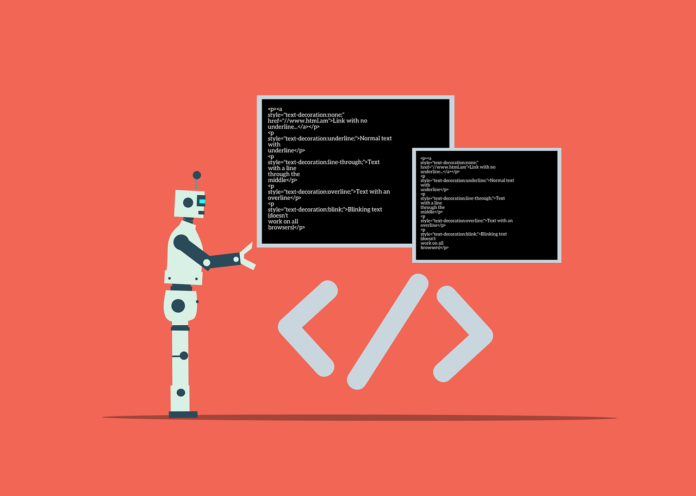In the rapidly evolving field of artificial intelligence, prompt engineering has emerged as a crucial skill for leveraging the full potential of language models like GPT-4. Whether you’re a developer, researcher, or enthusiast, understanding how to craft effective prompts can significantly enhance your interactions with AI systems. This guide will walk you through the essentials of prompt engineering, offering practical tips and insights to help you master this art.
Understanding Prompt Engineering
Prompt engineering involves designing and refining the input given to a language model to elicit the desired output. It’s akin to asking the right questions to get the best answers. A well-crafted prompt can guide the AI to generate more accurate, relevant, and contextually appropriate responses.
The Basics of Crafting Prompts
- Clarity and Specificity: The clearer and more specific your prompt, the better the AI can understand and respond. Avoid vague or ambiguous language. For example, instead of asking, “Tell me about history,” specify, “Tell me about the history of the Roman Empire.”
- Contextual Information: Providing context helps the AI understand the background and nuances of your request. For instance, if you’re asking for advice on a technical issue, mention the specific software or hardware involved.
- Desired Format: Indicate the format you want the response in, whether it’s a list, a paragraph, a code snippet, etc. This helps the AI tailor its output to your needs.
- Examples and Constraints: Including examples of desired outputs or specifying constraints can guide the AI more effectively. For example, “Generate a list of five healthy breakfast recipes” is more precise than “Give me breakfast ideas.”
Advanced Techniques
- Iterative Refinement: Start with a broad prompt and refine it based on the AI’s responses. This iterative process helps you zero in on the most effective prompt. For example, if the initial prompt “Explain quantum computing” yields too broad a response, refine it to “Explain the basics of quantum computing for beginners.”
- Prompt Chaining: Break down complex queries into a series of simpler prompts. This technique, known as prompt chaining, allows the AI to build on previous responses, leading to more coherent and detailed outputs. For example, start with “What is quantum computing?” followed by “How does quantum entanglement work?”
- Role-Playing: Assigning roles to the AI can help generate more contextually appropriate responses. For instance, “As a financial advisor, explain the benefits of investing in stocks” can yield more targeted advice than a general query.
- Leveraging AI’s Strengths: Understand the strengths and limitations of the AI. Use it for tasks it’s particularly good at, such as generating creative content, summarizing information, or providing language translations.
Practical Applications
- Content Creation: Use prompt engineering to generate blog posts, articles, and social media content. For example, “Write a 500-word blog post on the benefits of remote work” can help kickstart your content creation process.
- Educational Tools: Create educational materials and tutorials. For instance, “Explain the Pythagorean theorem with examples” can help generate clear and concise educational content.
- Customer Support: Develop automated responses for customer support queries. For example, “Provide troubleshooting steps for a laptop that won’t turn on” can help streamline customer service operations.
- Coding Assistance: Generate code snippets and debugging tips. For example, “Write a Python function to sort a list of numbers” can assist in coding tasks.
Common Pitfalls and How to Avoid Them
- Overly Broad Prompts: Avoid prompts that are too broad or open-ended. Narrow down your queries to get more precise answers.
- Lack of Context: Always provide sufficient context to help the AI understand your request. This reduces the chances of irrelevant or off-topic responses.
- Ignoring AI Limitations: Be aware of the AI’s limitations and avoid expecting it to perform tasks beyond its capabilities. For example, while it can generate creative content, it may not always provide accurate legal or medical advice.
- Over-Reliance on AI: Use AI as a tool to augment your capabilities, not replace them. Always review and refine the AI’s output to ensure it meets your standards.
Conclusion
Mastering prompt engineering is a valuable skill that can unlock the full potential of AI language models. By crafting clear, specific, and context-rich prompts, you can guide the AI to generate more accurate and relevant responses. Whether you’re creating content, developing educational tools, or providing customer support, effective prompt engineering can enhance your productivity and creativity. Keep experimenting, refining, and learning, and you’ll soon become adept at harnessing the power of AI through well-crafted prompts.

